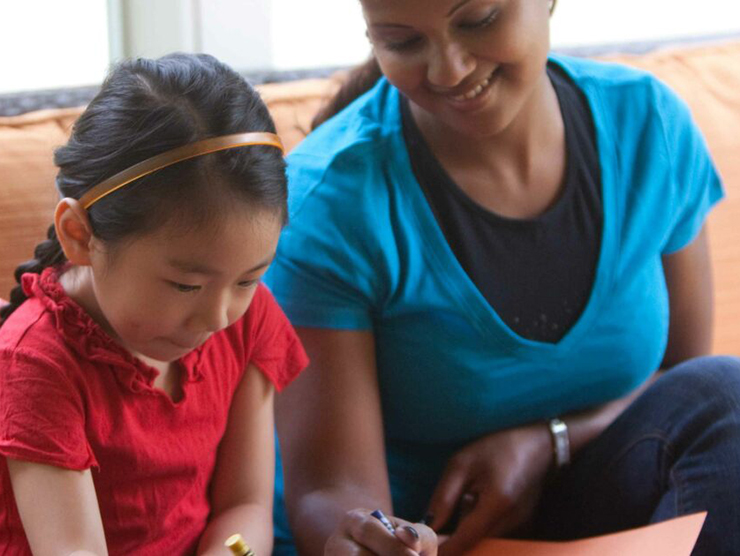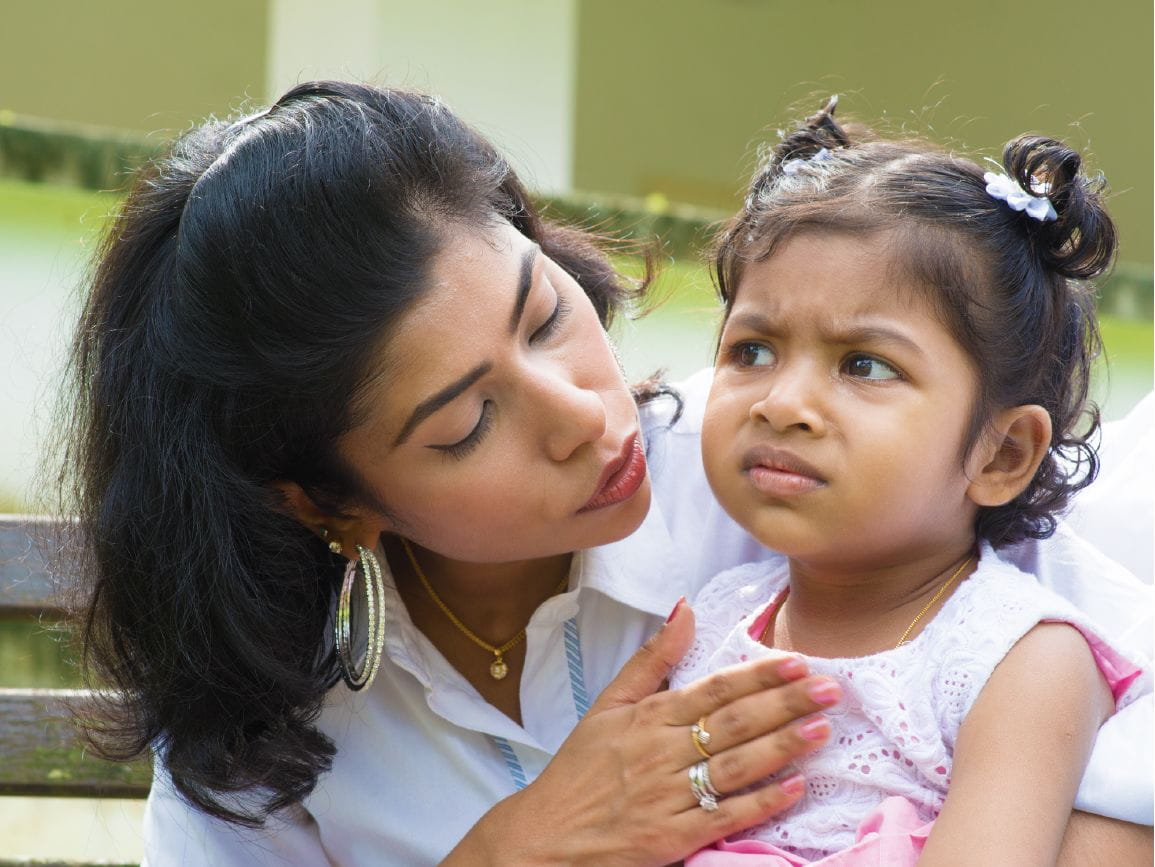Play’s Healing Power
Have you ever seen preschoolers negotiate the boundaries of a play activity? "I'll be the mommy and you be the daddy," says a four-year-old. "No, you be the sister," says a playmate. On their own, they work out the roles, and the story evolves.
It’s easy to think that play is just, well, play, but did you know that it can build children’s self-regulation and emotional well-being while reducing anxiety? Play just might be children’s very own super power.
How Play Builds Life Skills
When kids play games or take on pretend roles, they’re learning how to solve problems, cooperate, negotiate, read social cues, and think flexibly. Young children naturally tend to think of their own experiences, feelings, and perspectives first. That’s just how they’re wired. During play, they have to look outside themselves. “Oh, you want to make pizza. I want to play pretend ice cream stand. Maybe we can do both.”
Children also use play to make sense of things that are confusing or scary. When kids play doctor, for example, there’s often a shot involved because kids are trying to sort out their own fears about going to the doctor.
Play can also be the greatest stress reliever, because it’s the here and now. When children are playing, they’re not thinking about what happened yesterday or what’s happening tomorrow. Instead, they’re running, laughing, imagining, and pretending. What could be better for relieving stress?
How to Support Your Child’s Play
Make space and time for pretend play. Offer a few props – for example, an old hat, a piece of fabric, or non-breakable dishes. You can also read engaging picture books to children. Characters in these books can spark ideas for imaginative play.
Listen to your child’s play. What is your child trying to work out or understand? Kids are often exploring the concept of power (because they often feel powerless), e.g., they play superheroes, make toy dinosaurs stomp around, or even crash cars together. Ask open-ended questions to understand more, e.g., “You built that tower so high and then pushed it down. How did that feel?”
Understand developmental needs. Most children engage in rough and tumble play, such as wrestling or jumping on a bed or sofa. Some kids need this active play for sensory processing and self-regulation. Supervise play and pay attention. Think about gender expectations—all children enjoy active play, not just boys. Set some rules for safety, and help your child know how to speak up and say no if play feels too rough.
Identify risks versus hazards. Do you have a little “daredevil,” the child who always climbs highest on the monkey bars or jumps out of the swings? Kids often enjoy taking risks as a way to test their strength. The trick is to help them learn to assess risks versus hazards. A risk is known. It’s something that we can analyze, prepare for, and make informed decisions about. “How does your body feel? Does your foot feel sturdy on that branch? What is around you that might be dangerous?” A hazard is something potentially dangerous that is unknown and unseen, such as ice under snow. To keep kids safe, we have to help them analyze risks and avoid hazards.
Play in all its forms, from active play to pretend play to structured games and brain teasers, is an essential part of children’s social and emotional development. Remember, it’s never “just play,” but children’s super power.
More Resources on Play’s Healing Power
- Bright Horizons teamed up with LEGO® Education to discuss the importance of play, and how to weave it into your child’s day in this webinar.
- Learn about the “6 C’s” and how play lays the groundwork for these critical skills that result in future success.
- Structure is important, but children’s life skills can also grow in unstructured play outdoors.





